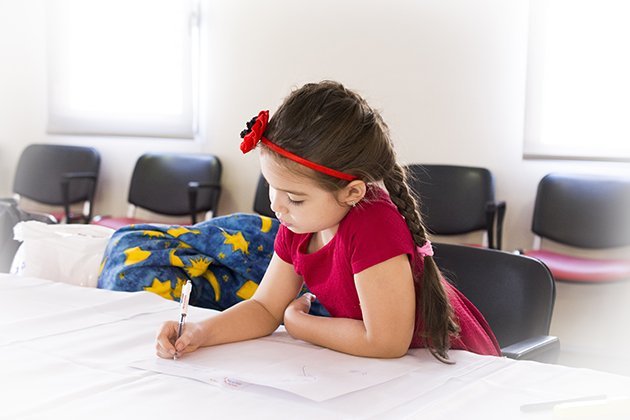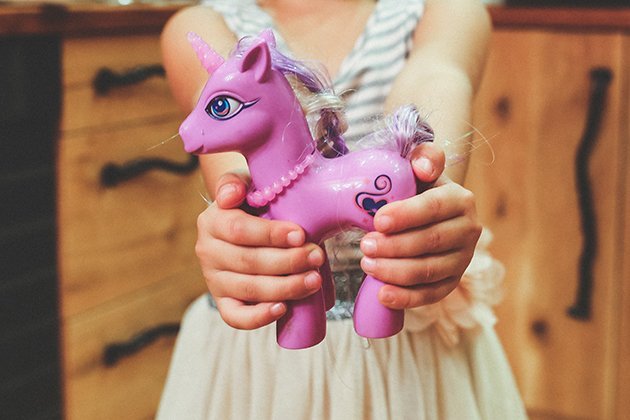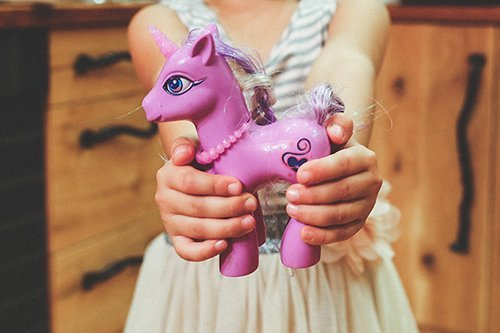Teaching children true gratitude can be done through small changes, but it has a list of big benefits for our children’s wellbeing.
Gratitude is an appreciation of what we have been given and an acknowledgement of what that gift, be it tangible or not, brings to our lives. But why is gratitude so important for children to practice? Positive psychology research from Harvard Health has shown gratitude to be ‘strongly and consistently associated with greater happiness’, meaning that if we can learn gratitude in its truest form, the benefits can spread to other areas of our lives and make us happier people.
When gratitude is practiced by children, they can become happier and more satisfied at school, build more meaningful relationships with others and most importantly take this appreciation and positivity into adolescence and adulthood.
When even adults can struggle with the concept of true gratitude, how can we teach our children to have this type of appreciation for the world around them, particularly around the holiday season? We have five simple ways to introduce gratitude to your children.
1. Model Gratitude Yourself
Children make sense of the world around them through the actions of the grownups in their lives. Parents, teachers, siblings and more all play a part in showing kids how to behave by design. Practicing what you preach is a sure fire way to help make way for a mindset of gratitude in your home. Simply talking about the day to day things you appreciate, no matter how small, or asking your kids to tell you what they are thankful for that day will set the wheels in motion.

2. Give to Those You Love
Being generous to others involves considering someone else feelings, thinking about what they’d like and how they might appreciate something nice from us – just as we do when the roles are reversed! To encourage this, a fun activity around the holiday season is for kids to write a second present list; one with gifts that they’d like to give to people they love.

3. Encourage Mindfulness
Part of practicing mindfulness is being aware of how we feel and the positives we have in the moment, rather than looking ahead at what we might have in the future or back to the past. Taking time to appreciative what’s around us in the moment encourages gratitude, and Jaime’s mindful walk is a really simple way to introduce this idea of appreciation to children.
4. Donate to Others
As kids grow out of old toys and receive new ones during birthdays and Christmas, a lovely tradition to introduce is choosing old toys to donate to charity. It’s not always easy for children to let go of their toys, but doing this will help them consider others whilst having a greater appreciation for the wonderful new toys they have received! This can be something that you do together; the act of picking out a couple of their possessions to bring joy to other children will not only encourage gratitude but also compassion too.

5. Share Thank-You Notes
When you receive a present, or when someone simply does something with your happiness in mind, thanking them by writing a note not only shows your gratitude but also helps build the meaningful relationships you have with the people close to you. Encouraging children to do the same either by writing a short note or drawing a picture thanking that person, gives them time to appreciate the gesture. Getting into the habit of sharing this type of small token of thanks will help develop a sense of gratitude they will take with them into their adult life.
How do you encourage appreciation in your children either at home or school? We’d love to hear what you’ve found whilst teaching your kids to be thankful.


